Medium Light Plants
Medium Light Plants
Medium light plants thrive in moderate light conditions, making them versatile options for many areas of your home. These adaptable plants are perfect for east-facing windows or spaces a few feet away from brighter light sources.
About Medium Light Plants
Medium light is one of the most common light conditions in homes, making these plants particularly versatile. In nature, these plants often grow in dappled forest light or partially shaded areas where they receive filtered sunlight.
Medium light typically refers to:
- East-facing windows (morning sun, gentler than afternoon sun)
- 3-5 feet away from south or west-facing windows
- Areas with bright ambient light but no direct sun rays
- Spaces where you can comfortably read a book without additional lighting
These adaptable plants strike a balance between the hardier low-light varieties and the more demanding bright-light plants, offering beautiful foliage and sometimes flowers without requiring prime window real estate.
Medium Light Plants Collection
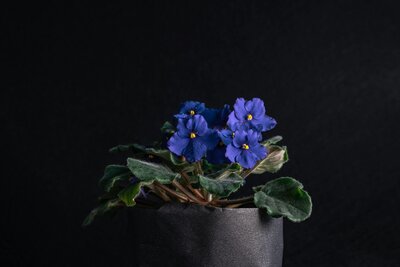
African Violet
Saintpaulia ionantha
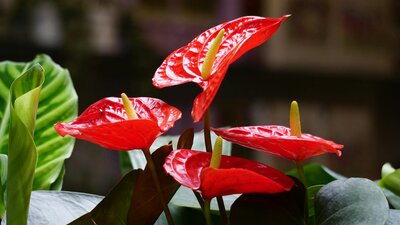
Anthurium
Anthurium andraeanum
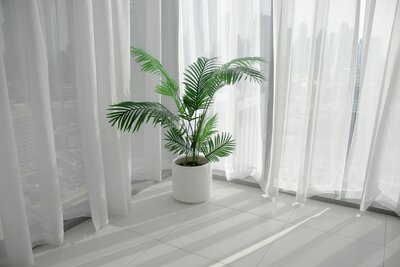
Areca Palm
Dypsis lutescens
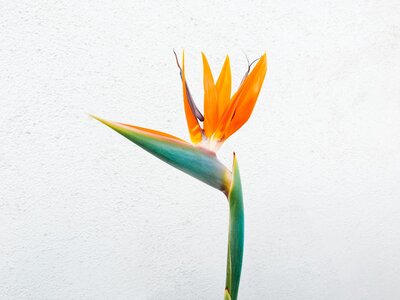
Bird of Paradise
Strelitzia nicolai
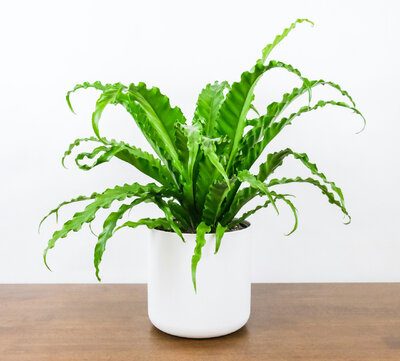
Bird's Nest Fern
Asplenium nidus
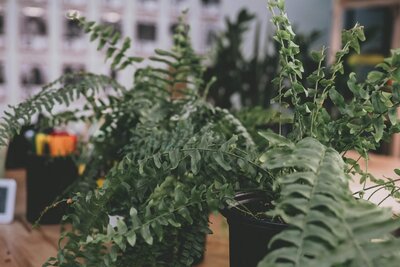
Boston Fern
Nephrolepis exaltata

Calathea
Calathea spp.

Cast Iron Plant
Aspidistra elatior
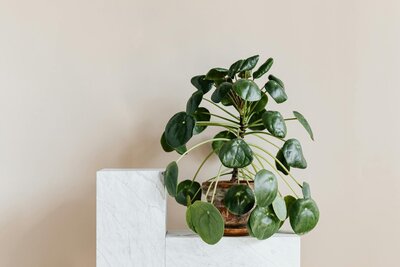
Chinese Money Plant
Pilea peperomioides
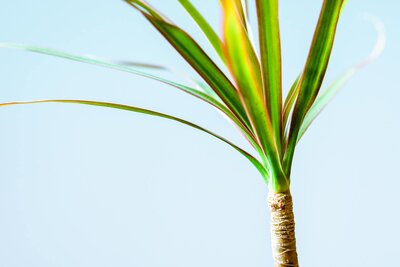
Dracaena
Dracaena spp.
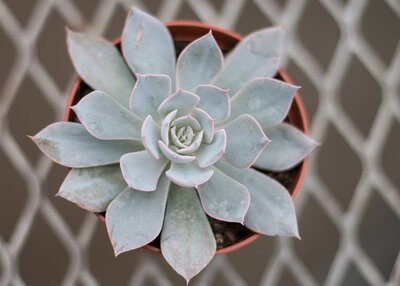
Echeveria
Echeveria spp.
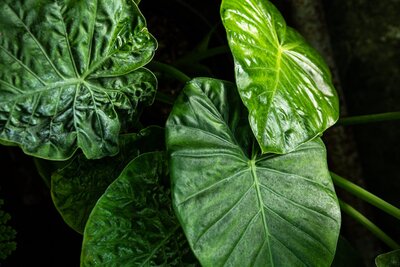
Elephant Ear
Alocasia spp.
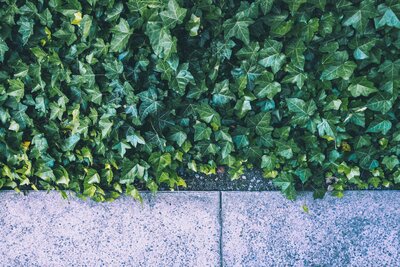
English Ivy
Hedera helix

Fiddle Leaf Fig
Ficus lyrata
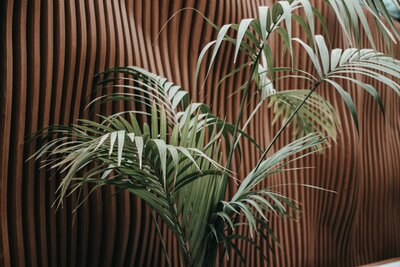
Kentia Palm
Howea forsteriana
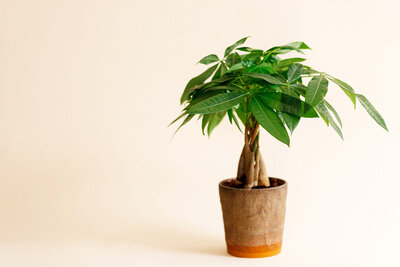
Money Tree
Pachira aquatica
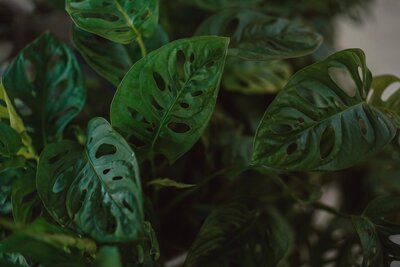
Monstera Adansonii
Monstera adansonii
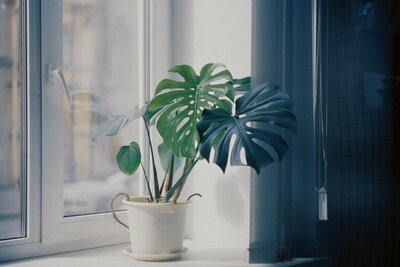
Monstera Deliciosa
Monstera deliciosa
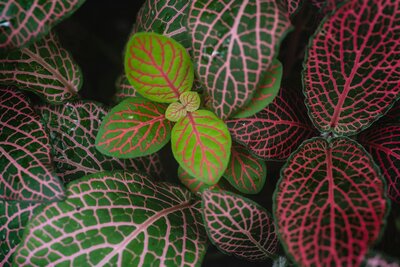
Nerve Plant
Fittonia albivenis
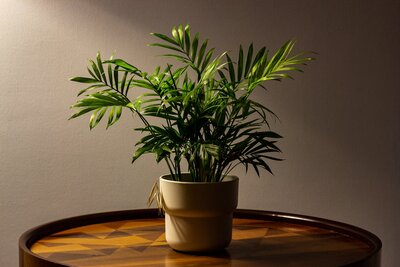
Parlor Palm
Chamaedorea elegans

Peace Lily
Spathiphyllum

Peperomia
Peperomia spp.

Philodendron
Philodendron spp.
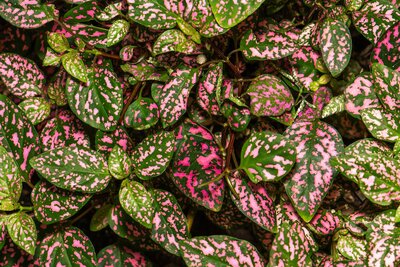
Polka Dot Plant
Hypoestes phyllostachya

Ponytail Palm
Beaucarnea recurvata
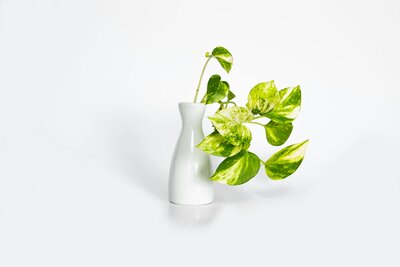
Pothos
Epipremnum aureum
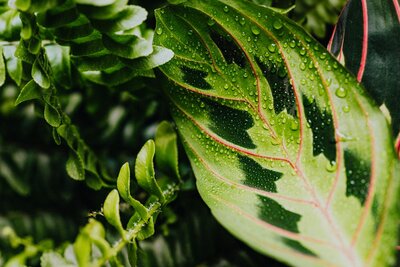
Prayer Plant
Maranta leuconeura
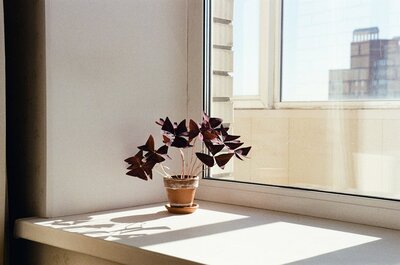
Purple Shamrock
Oxalis triangularis

Rattlesnake Plant
Calathea lancifolia
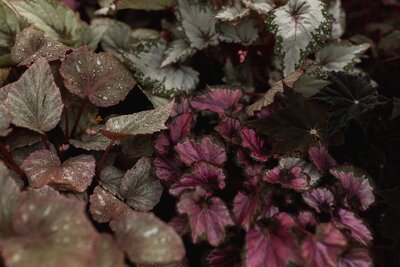
Rex Begonia
Begonia rex-cultorum
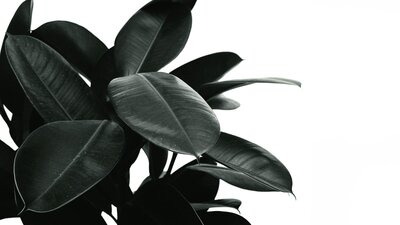
Rubber Plant
Ficus elastica

Snake Plant
Sansevieria trifasciata
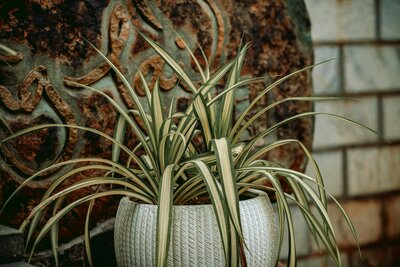
Spider Plant
Chlorophytum comosum

Staghorn Fern
Platycerium spp.
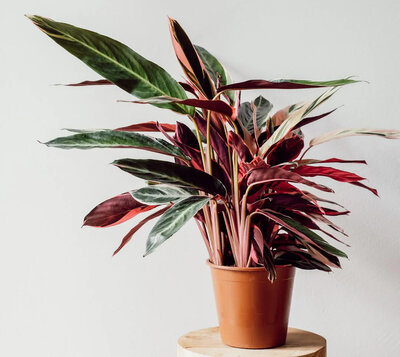
Stromanthe Triostar
Stromanthe sanguinea 'Triostar'
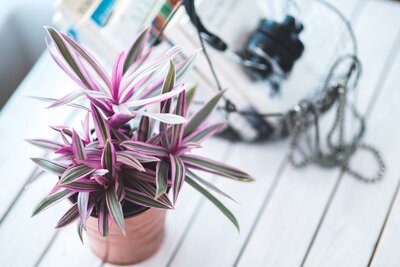
Tradescantia
Tradescantia spp.

Umbrella Tree
Schefflera spp.
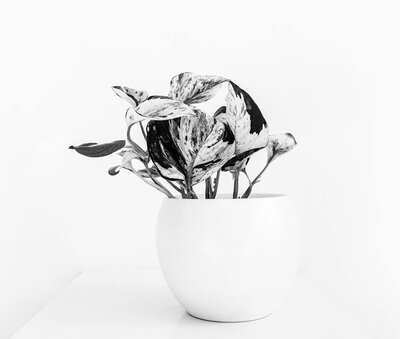
Watermelon Peperomia
Peperomia argyreia

ZZ Plant
Zamioculcas zamiifolia
Medium Light Plant Care Tips
Identifying Medium Light
Understanding if you have medium light conditions:
- Shadow Test: Hold your hand about 12 inches from a wall or surface during daylight hours. A soft, slightly blurred shadow indicates medium light.
- Light Meter: Medium light typically measures between 250-1,000 foot-candles or 2,500-10,000 lux.
- Time of Day: Medium light areas receive good light for 4-6 hours per day.
- Seasonal Changes: Be aware that light levels change with seasons - a medium light spot in summer might become low light in winter.
Watering Considerations
Medium light affects how plants use water:
- Plants in medium light typically need watering when the top 1-2 inches of soil feel dry.
- Growth is moderate, so water needs are balanced - not as frequent as bright light plants but more than low light plants.
- Seasonal adjustments are important - reduce watering in winter when growth naturally slows.
- Always check soil moisture before watering rather than following a strict schedule.
- Use room temperature water to avoid shocking the roots.
Optimizing Growth
Help your medium light plants thrive:
- Rotate plants regularly to ensure even growth on all sides.
- Clean leaves periodically to maximize light absorption.
- Consider using curtains or blinds to diffuse light if it's occasionally too intense.
- Fertilize moderately during growing season (typically spring and summer).
- Watch for seasonal changes in light and adjust plant placement if needed.
Signs of Light Issues
Monitor your plants for these indicators:
- Too little light: Leggy growth, smaller leaves, slower growth, loss of variegation.
- Too much light: Scorched or bleached leaves, curling leaves, increased water needs.
- Just right: Steady growth, good leaf color, normal leaf size, and healthy new growth.
Medium light plants offer the perfect balance for many homes - not too demanding in their light requirements, yet still providing lush, healthy growth when their basic needs are met.
